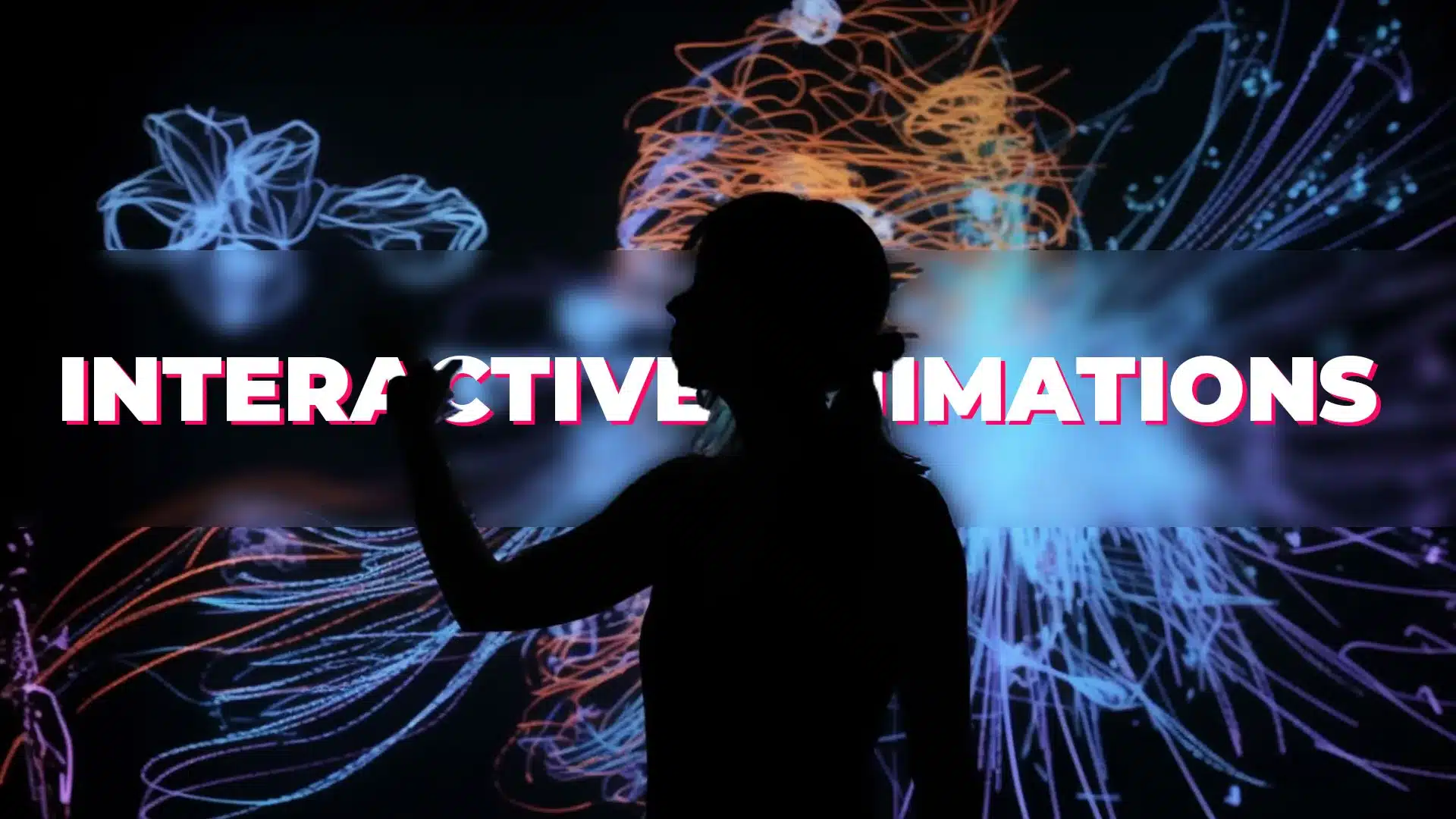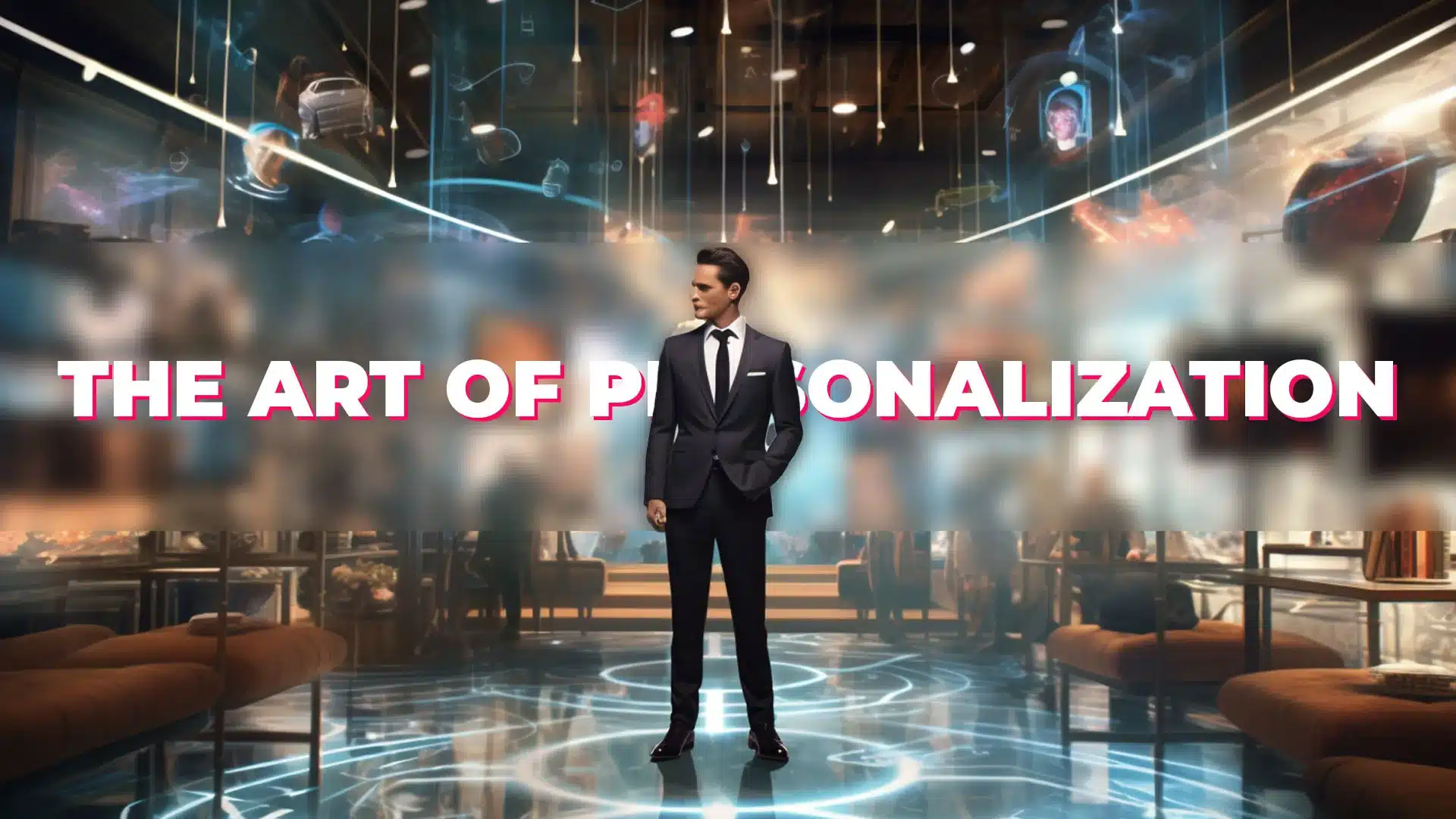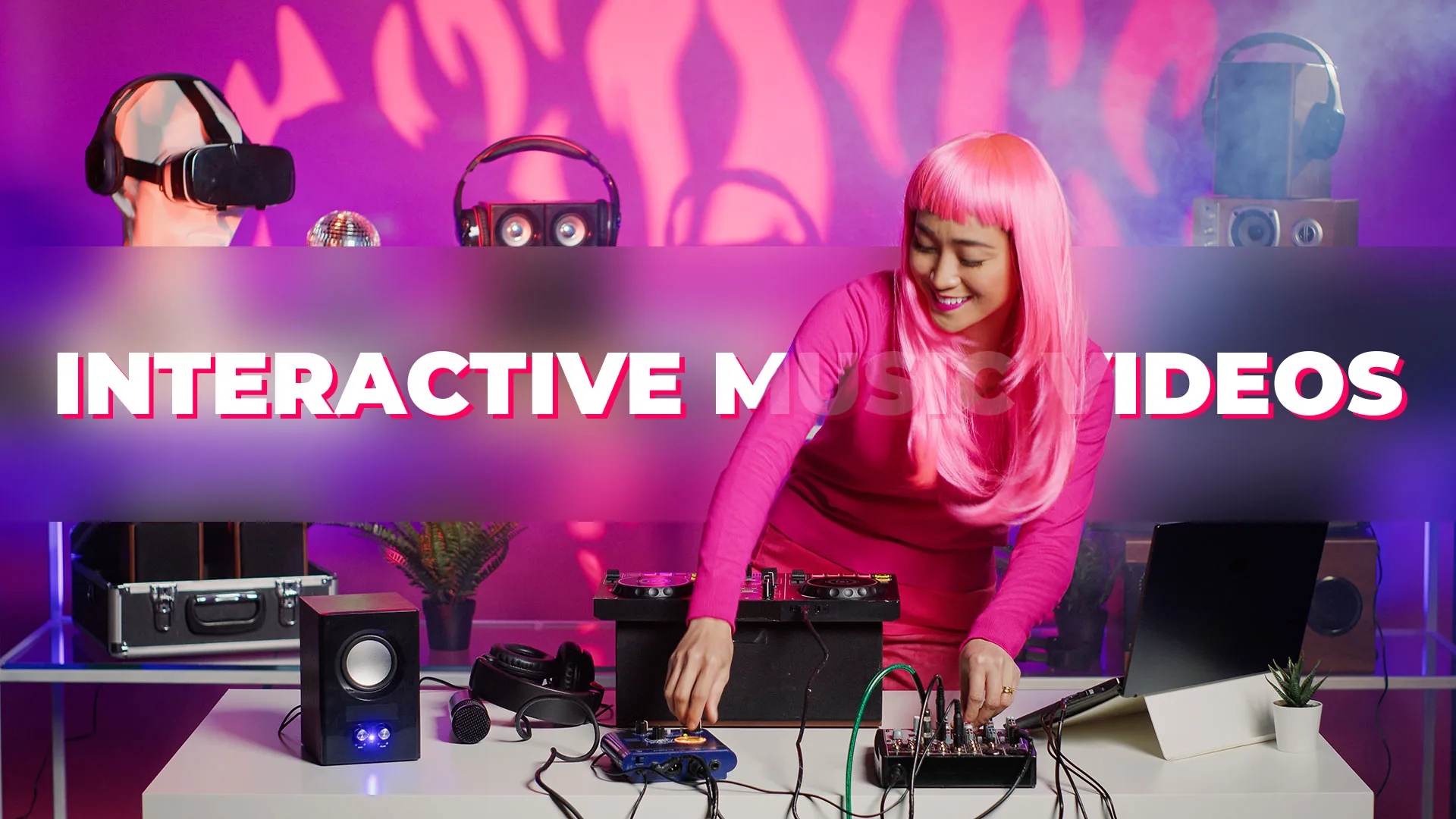Introduction:
In an increasingly digital world, virtual tours have emerged as powerful tools for bringing immersive experiences to audiences across various industries. Whether it’s real estate, travel, education, or healthcare, a well-executed virtual tour can captivate and engage users, providing them with a unique and interactive exploration. In this blog post, we will delve into the key elements that make a virtual tour exceptional and discuss how they contribute to creating unforgettable experiences for users.
1. High-Quality Visuals:
One of the fundamental aspects of a good virtual tour is high-quality visuals. Crisp, clear, and high-resolution images or videos ensure that users can fully immerse themselves in the virtual environment. Attention to detail, proper lighting, and accurate representation of colors are essential to creating a visually appealing experience that mirrors the real-world setting.
2. Seamless Navigation:
Smooth and intuitive navigation is crucial for an enjoyable virtual tour experience. Users should be able to move through the virtual space effortlessly, whether it’s by clicking on hotspots, using arrows, or dragging the screen. Intuitive controls and a user-friendly interface enhance engagement and allow users to explore the tour at their own pace.
3. Interactive Elements:
Interactivity adds depth and engagement to a virtual tour. Including interactive elements such as clickable objects, pop-up information, or multimedia overlays can provide users with additional context, detailed descriptions, and a richer understanding of the space. Interactive features encourage exploration and enable users to personalize their experience.
4. Multiple Perspectives and Angles:
A good virtual tour should offer users the opportunity to view the space from multiple perspectives and angles. Providing different vantage points, such as overhead views, 360° panoramas, or even the ability to switch between pre-set viewpoints, allows users to examine the environment from various angles, enhancing their understanding and appreciation of the space.
5. Engaging and Informative Content:
While visuals are essential, the inclusion of engaging and informative content is equally important. Incorporate compelling narratives, audio guides, or text descriptions to provide context, highlight unique features, and tell a story about the space being toured. Interesting and educational content keeps users engaged and adds value to their experience.
6. Compatibility and Accessibility:
A good virtual tour should be accessible across different devices and platforms, ensuring that users can enjoy the experience regardless of their preferred technology. Compatibility with desktop computers, laptops, tablets, and mobile devices broadens the tour’s reach and ensures inclusivity for all users. Additionally, offering accessibility features such as closed captions or alternative text descriptions enhances the experience for individuals with disabilities.
7. Optimization for Speed and Loading Times:
Optimizing the virtual tour for speed and quick loading times is crucial to prevent user frustration and abandonment. Large file sizes and slow loading times can significantly impact the user experience. Employing compression techniques, optimizing image and video files, and using efficient hosting platforms contribute to a seamless and fast-loading virtual tour.
8. Clear Call-to-Actions:
Including clear call-to-actions within the virtual tour is essential to guide users and encourage further engagement. Whether it’s prompting users to explore specific areas, click on additional information, or contact the relevant party for more details, well-placed call-to-actions can enhance user journey and conversion rates.
Examples of Exceptional Virtual Tours:
Museo Frida Kahlo:
The virtual tour of Frida Kahlo’s museum offers an immersive experience where users can explore the iconic artist’s house, view her artwork, and discover the vibrant Mexican culture she was a part of. Interactive elements provide in-depth information and insights into Frida Kahlo’s life and artistic journey.
Louvre Museum:
The virtual tour of the Louvre Museum in Paris allows users to virtually wander through its grand halls and admire its vast art collection. Users can click on artworks for detailed information, access audio guides, and even explore the museum’s iconic pyramid entrance.
National Parks:
Virtual tours of national parks, such as Yellowstone or Yosemite, provide users with the opportunity to explore these natural wonders from the comfort of their homes. These tours offer breathtaking views, educational content about the park’s flora and fauna, and the ability to navigate through trails and landmarks.
Conclusion:
A good virtual tour goes beyond just showcasing a space. It engages users, provides valuable information, and creates immersive experiences that leave a lasting impact. By incorporating high-quality visuals, intuitive navigation, interactive elements, and engaging content, virtual tours can transport users to new environments and offer unique perspectives. As technology continues to advance, virtual tours will play an increasingly vital role in various industries, providing opportunities for exploration, education, and connection.







